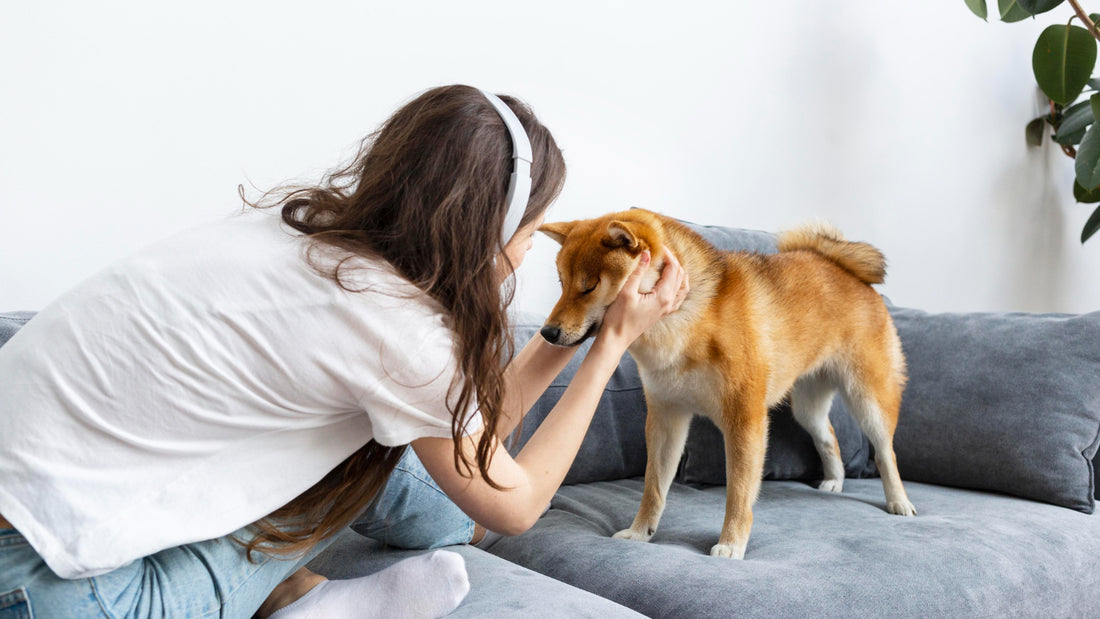Lickicious blog for Understanding and Managing Dog Aggression, delves into the complexities of canine behavior to help pet owners tackle the challenges of aggressive dogs. With insightful articles and expert advice, we offer strategies for identifying the root causes of aggression, addressing triggers, and implementing positive training techniques. Whether your pet is exhibiting signs of fear, dominance, or territorial aggression, our blog provides valuable resources to help you navigate these challenging behaviors. Join us as we explore the world of aggressive dogs and learn how to create a harmonious environment for both you and your furry companion.

